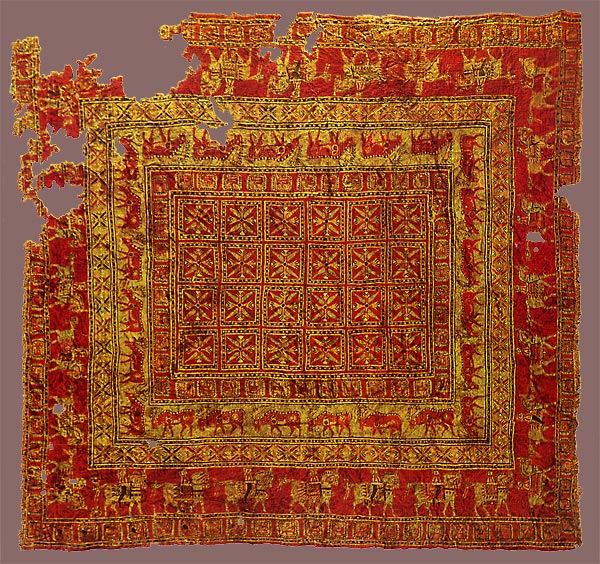The things people manage to elevate to cult
status never ceases to amaze but there was something truly charming about the
whole Portland International Airport carpet affair.
For those unaware, the ‘PDX’ Carpet is
quite possibly the most recognisable airport carpet of all time, building a
strong emotional resonance with travellers since it was laid down in 1987. For
many it signified adventure while for others it meant the familiar sight and smell
of home. Sadly in 2013, the carpet was
finally stripped and laid to rest but for many its legacy lives on in the form
of remnant cuts, tattoos and a bizarre range of merchandise.
The carpet is rather dated by today’s
standards but it maintains a sense of late 80s charm with its dark blue lines,
red and purple dots and light blueish-green floor colouring. As a means of
farewell to the cult carpet, Portland Airport held a massive PDX Carpet
festival within the airport as a global farewell. Over 40,000 people came
together took ‘foot selfies’ of the carpet, which you can explore here. That
bizarre merchandise we mentioned? Just take a look here; people seriously loved
this naff old rug.



